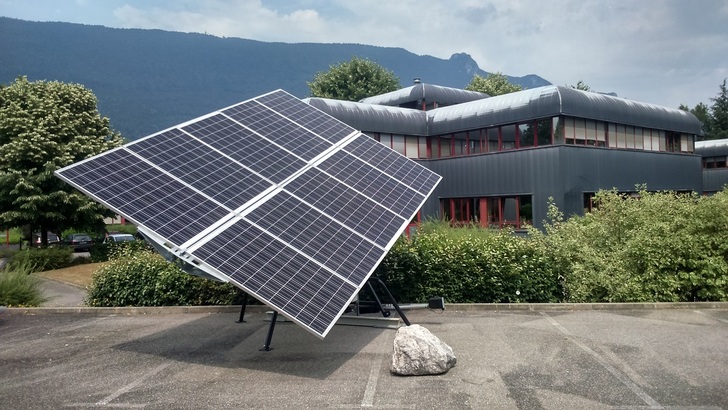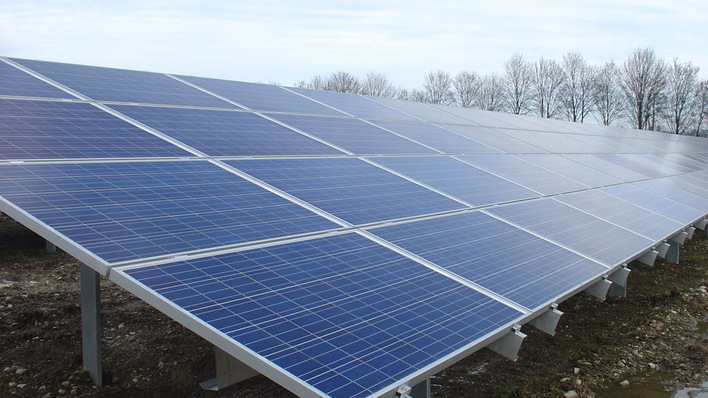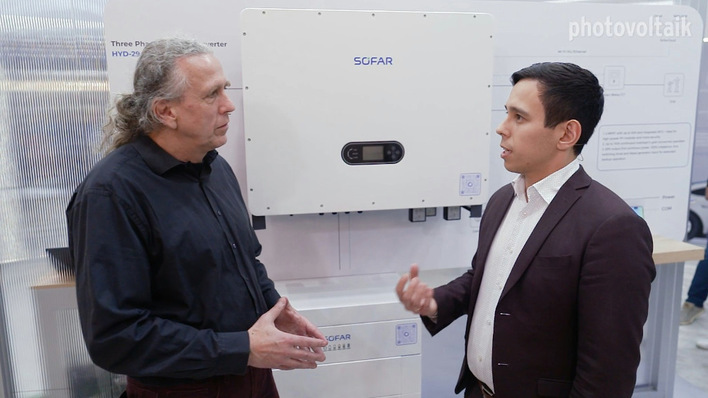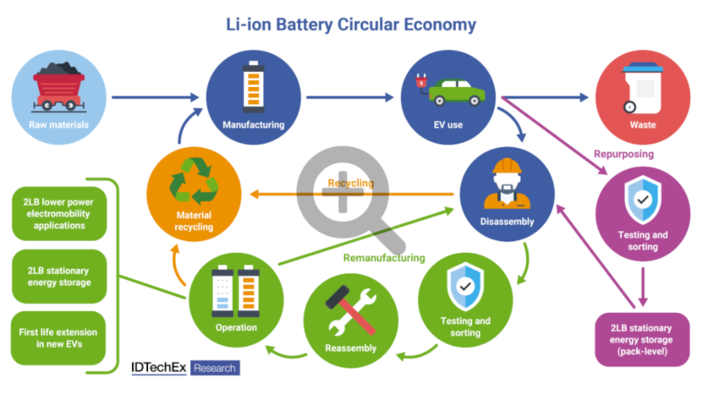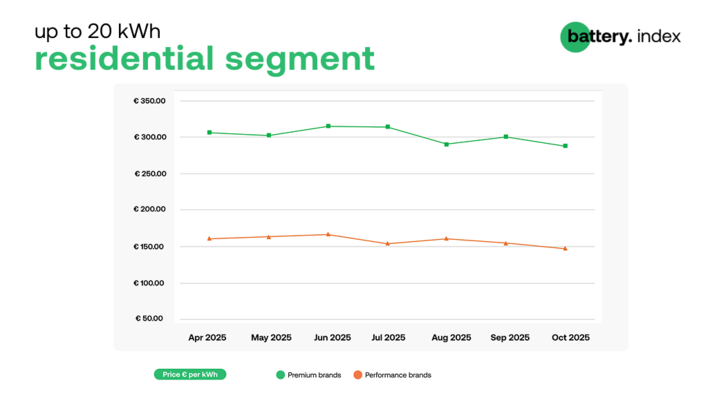An increasing number of hotels and resorts generate at least a part of their electricity on-site with renewable energy power plants. The new HeliosLite/THEnergy white paper “1.5-axis tracker technology for auto-consumption of hotels and resorts” shows that a new tracker concept can improve the energy yield and cost of electricity
90 percent of energy output of dual axis trackers
Sophisticated 2-axis tracking systems are rather large, material intensive and expensive. Horizontal single axis trackers generate less power and are deployed for utility scale projects above five MW. Typically, the energy output is around 35 percent less than for dual axis trackers. However, most cases they are still a more profitable investment due to lower capex. The new 1.5-axis tracking technology by HeliosLite SAS could fill this gap. Performance tests have shown an astonishing 90 percent of the energy output of dual axis trackers while the installed price is only slightly higher than the price for single axis trackers according to the company.
Testing phase with Club Med
As a consequence, the new tracking system is also optimized in respect of land use and movability. “In cooperating with Club Med, we have learned more about the electricity consumption of hotels and resorts. We are looking forward to also testing our disruptive 1.5-axis tracker with Club Med,” says Jay Boardman, CEO and Co-founder of HeliosLite SAS. “Our new trackers allow for increased power generation in the mornings and in the evenings when power consumption in most hotels is high”, he adds. Typically, air-conditioning, restaurants, lighting and pumping are the main-consumers of electricity at hotels and resorts.
Optimizing energy storage
The 1.5-axis tracker technology helps PV systems to approach to some extent the load-curve of hotels and resorts. The additional cost requirements are rather low. The same can be achieved with energy storage systems at a much higher price as storage systems are still rather expensive and more PV capacity has to be added. If hotels or resorts decide to use storage systems, 1.5-axis trackers will allow for the use of smaller storage systems and less additional PV for the load of the energy storage units.
Easy to install and relocate
The 1.5-axis tracker has not only proven its robustness in wind channel tests, but it is also easy to install and relocate. “We are looking at solutions that are flexible and cost competitive,” underlines Claude Blondel, manager of Club Med’s “Energy Mission”. “One of the objectives is to off-set local power outages with solar energy in regions where the grid is not stable.” The 1.5-axis tracker has an innovative single anchor point solution which allows for simple and fast installation and requires no lifting of equipment, which is a big advantage especially in remote locations. The easy installation process also has a positive impact on installation costs, which can significantly reduce the investment costs in remote locations. The movable structures can also be beneficial if there is a need for relocating the PV plant.
Reduced installation and material costs
1.5-axis trackers are based on a novel kinetic approach. Like dual axis trackers, the solar modules are rotated horizontally and vertically. In contrast to dual axis trackers, however, the solar modules are no longer strictly inclined along the two axes. The core of the system consists of a kinetic solution that swiftly integrates vertical and horizontal movements. The patent pending 1.5-axis tracker design reduces metal by 60% per square meter and installation cost by up to 80 percent compared to pylon-type dual axis trackers. This can be achieved without compromising rigidity and reliability.
Suitable for uneven terrains or flat roofs
Many hotels and island resorts are located in areas where land is scarce. As well hotel managers are often concerned about the visual impact. Exclusive island resorts are a good example to illustrate this problem. Typically, the available space on the island is limited and part of the experience is the resort’s location among nature. One of the main considerations is minimizing the impact of the PV system on the surroundings. The 1.5-axis tracker is highly adaptable as it can be placed on slopes, uneven terrains and irregular shapes. It can be mounted on flat roofs and on the ground. This flexibility allows for reducing the environmental impact to a large extent
More and more hotels and resorts are looking at generating green electricity with solar and wind power plants on-site. “This development is also triggered by factors beyond costs”, explains Thomas Hillig, managing director of the consultancy THEnergy. “On their holidays, tourists do not want to smell diesel fumes or listen to the noise of gensets. The pressure on hotels to turn toward green power is increasing.” (HCN)
Check for the white paper
Other related news:


